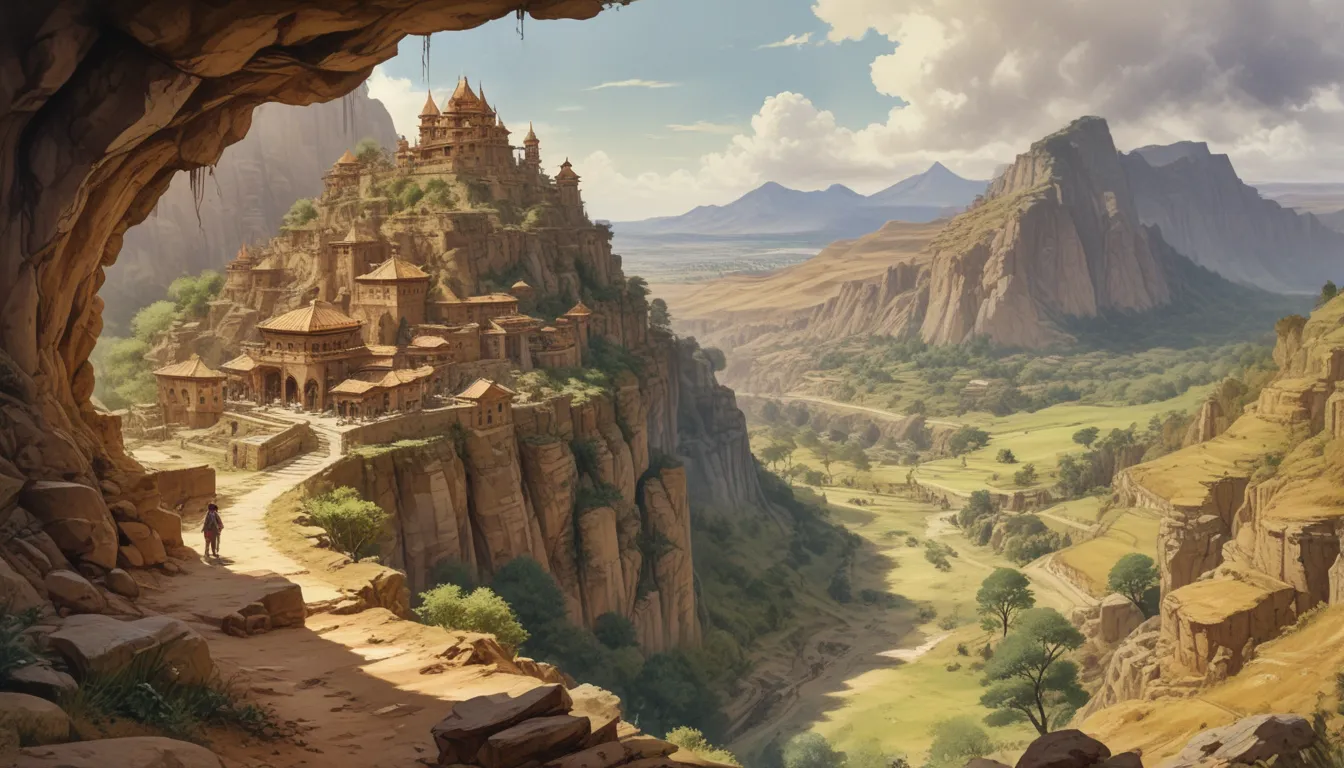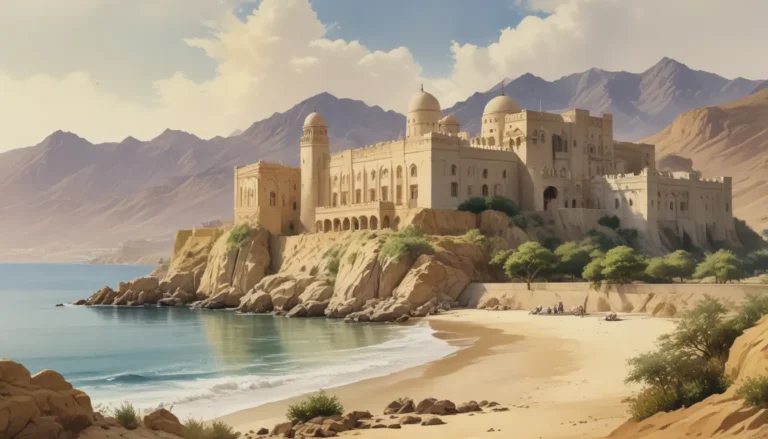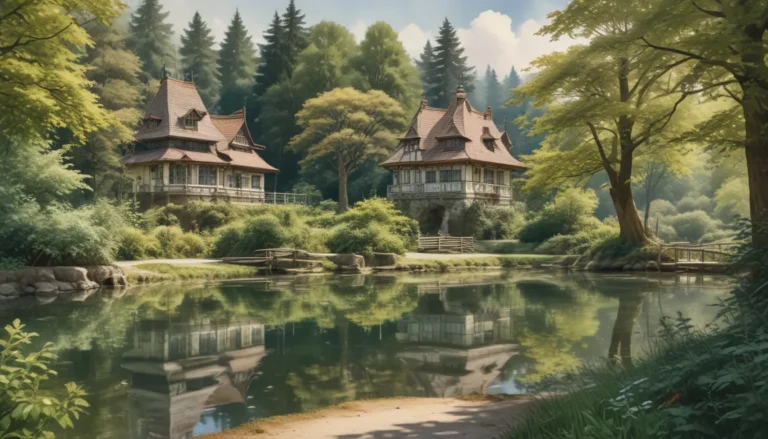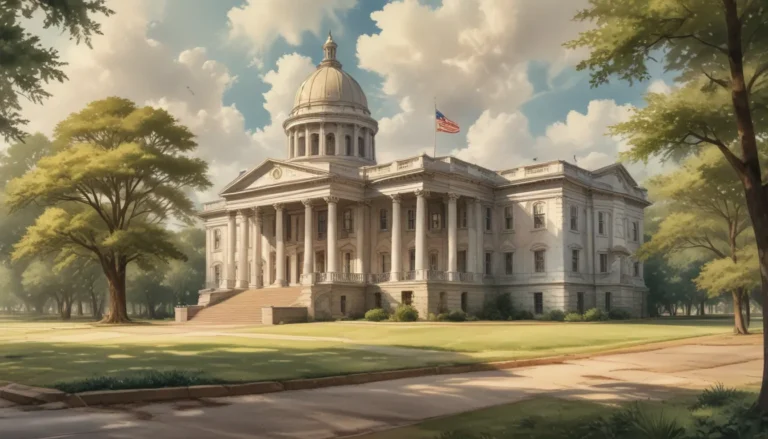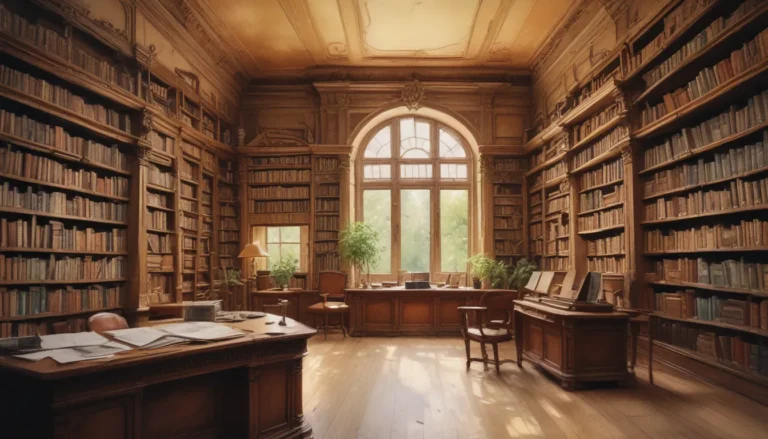The images in our articles are for illustrative purposes only and may not exactly match the content. They are intended to capture your interest and complement the text, not to replace it.
Have you ever wondered what secrets ancient ruins hold? Step back in time at Sbeitla Archaeological Site, a Roman marvel in Tunisia, and witness the grandeur of ancient architecture, captivating mosaics, and underground secrets that reveal the daily lives of its inhabitants. Immerse yourself in history at Sbeitla, where nature intertwines with ancient ruins, offering a picturesque setting that brings the enigmatic wonders of an ancient civilization to life.
Uncovering Enigmatic Facts About Sbeitla
Sbeitla archaeological site is a hidden gem nestled in the heart of modern-day Tunisia. This remarkable site is brimming with enigmatic wonders that offer glimpses into an ancient civilization that once thrived here. Join us as we explore the 16 most intriguing facts about Sbeitla, a place that continues to captivate historians, archaeologists, and visitors alike.
The Strategic Location
Sbeitla sits on a strategically important location in central Tunisia, making it a significant hub for trade and commerce in ancient times. Its proximity to major trade routes allowed for easy access to goods from all corners of the ancient world.
A Roman Splendor
Sbeitla was a thriving Roman colony known as Sufetula during the 1st and 2nd centuries AD. The site still showcases the grandeur of Roman architecture, with well-preserved ruins that include temples, baths, an amphitheater, and a forum.
The Exceptional Capitolium
One of the highlights of Sbeitla is its magnificent Capitolium, a temple dedicated to the Roman gods Jupiter, Juno, and Minerva. Its impressive size and architectural detailing make it a must-see for history enthusiasts and architecture aficionados alike.
A Mosaic Masterpiece
Sbeitla boasts a wealth of stunning mosaics, which serve as a testament to the artistic prowess of the ancient inhabitants. These intricate designs depict various scenes, ranging from mythical figures to everyday life, showcasing the level of sophistication prevalent during that era.
The Temple of Saturn
The Temple of Saturn, located within the Sbeitla site, is a prime example of Roman religious architecture. Visitors can marvel at its imposing columns and explore the remnants of this ancient place of worship.
An Amphitheater for Spectacular Performances
The well-preserved amphitheater at Sbeitla offers a glimpse into the entertainment culture of ancient times. Imagine the grand spectacles and gladiatorial contests that once captivated audiences within its walls.
Captivating Christian Basilicas
Within the Sbeitla complex, one can find the remains of several Christian basilicas, a testament to the transition from Roman paganism to Christianity that occurred during the late Roman Empire.
Underground Secrets
Beneath the surface of Sbeitla lies an intricate network of ancient underground passages and storage rooms. These mysterious chambers served various purposes, including storing goods and providing shelter during times of conflict.
The Triumphal Arch
As you enter Sbeitla, you are greeted by a magnificent triumphal arch, a symbol of victory and glory. This architectural wonder stands as a testament to the power and influence of the Roman Empire.
The House of the Seasons
One of the most fascinating structures at Sbeitla is the House of the Seasons. This ancient residential building showcases intricate mosaics, each depicting scenes that represent the four seasons of the year.
A City Frozen in Time
Exploring the ruins of Sbeitla feels like stepping back in time. The well-preserved structures, including temples, houses, and public buildings, provide an immersive experience that allows visitors to contemplate the lives and aspirations of those who once inhabited this bustling ancient city.
Ruins Reclaimed by Nature
Over time, nature has embraced the ruins of Sbeitla, intertwining vines and greenery with the remnants of ancient structures. This harmonious blend of history and nature creates a picturesque setting that is truly mesmerizing.
A Window into Daily Life
Through the archaeological discoveries at Sbeitla, we gain insights into the day-to-day lives of its inhabitants. From the layout of the city to the intricate details of household items, these remnants offer a unique perspective on ancient society.
The Sbeitla Museum
Adjacent to the archaeological site, the Sbeitla Museum houses a collection of artifacts that further illuminate the rich history of the area. Visitors can admire ancient pottery, jewelry, and sculptures, deepening their understanding of the culture that thrived here centuries ago.
Embark on an Historic Adventure
Sbeitla archaeological site stands as a testament to human achievements and the passage of time. Whether you are an avid history enthusiast or simply curious about ancient civilizations, a visit to Sbeitla is an enriching experience that will leave you in awe of the wonders of our past.
Unveiling the Mysteries of the Past
In conclusion, Sbeitla Archaeological Site is a fascinating destination for history buffs and adventure seekers alike. With its rich historical heritage, stunning architecture, and intriguing enigmas, this site offers a unique experience for visitors from around the world. Exploring Sbeitla allows you to step back in time and envision the lives of its inhabitants. The enigmatic nature of the site, with its hidden treasures and unanswered questions, adds an air of mystery and allure.
If you’re planning a trip to Tunisia, make sure to include Sbeitla Archaeological Site on your itinerary. Prepare to be inspired, amazed, and captivated as you immerse yourself in the beauty and enigma of this ancient wonder.
Unraveling the Past: Frequently Asked Questions
- What is the significance of Sbeitla Archaeological Site?
-
Sbeitla Archaeological Site is significant for its well-preserved Roman ruins and ancient artifacts. It offers a glimpse into the rich historical and cultural heritage of Tunisia.
-
How old is Sbeitla Archaeological Site?
-
Sbeitla Archaeological Site dates back to the Roman era and has a history that spans over two millennia.
-
Can visitors explore the site on their own?
-
Yes, visitors are allowed to explore Sbeitla Archaeological Site on their own. However, joining a guided tour can provide valuable insights and a deeper understanding of the site’s history.
-
Are there any restrictions on photography?
-
Photography is generally allowed at Sbeitla Archaeological Site. However, specific restrictions may apply to certain areas or artifacts for preservation purposes.
-
Is there an entrance fee?
- Yes, there is an entrance fee to visit Sbeitla Archaeological Site. The fee may vary for different categories of visitors, such as adults, students, and seniors.
Unveil the wonders of the past at Sbeitla Archaeological Site and embark on a journey through time that will leave you mesmerized by the mysteries and grandeur of ancient civilizations.
